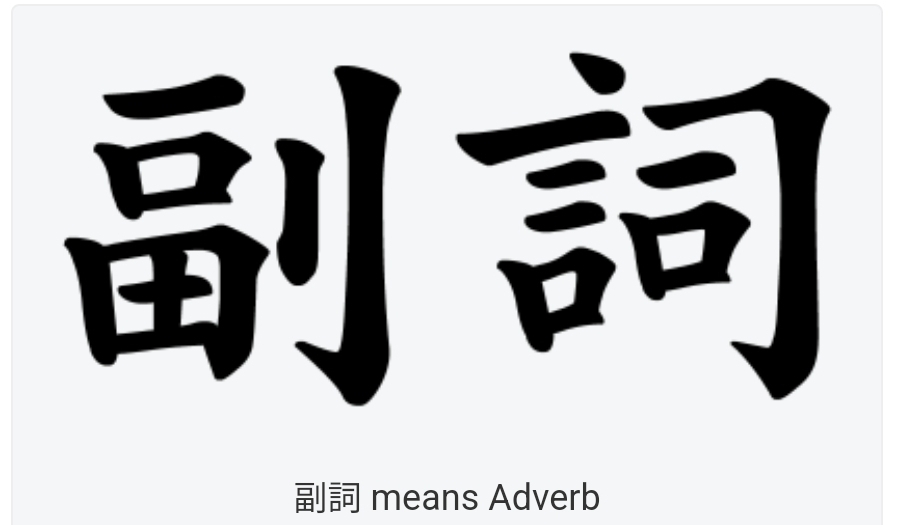1. Today's topic
"the structure of Japanese sentences".
Key components of a Japanese sentence
* Subject: The person, place, or thing that performs the action.
* Predicate: The part of the sentence that expresses what is said about the subject. This typically includes a verb.
* Object: The person or thing that is affected by the action of the verb.
* Other elements: Japanese sentences can also include particles, adjectives, and adverbs to provide more information about the subject, verb, or object.
How is it different from English?
* Word order: Unlike English, where the subject typically comes before the verb, Japanese often places the subject at the beginning of the sentence, followed by the object, and then the verb.
* Particles: Japanese uses particles to indicate the grammatical role of words in a sentence, such as marking the subject, object, or location. These particles don't have direct equivalents in English.
* Contextual understanding: The meaning of a Japanese sentence can often depend on the context and the speaker's intent, which is why understanding the nuances of the language is important.
Why is it important?
* Understanding Japanese: By understanding the structure of Japanese sentences, you can better comprehend spoken and written Japanese.
* Speaking Japanese: Knowing the basic sentence structure allows you to form your own sentences.
* Reading Japanese: It helps you to analyze and interpret Japanese texts.
2- Today’s news
Japan’s iconic Shinkansen turns 60: How it stays safe, clean and on time
https://www.malaymail.com/news/life/2024/09/28/japans-iconic-shinkansen-turns-60-how-it-stays-safe-clean-and-on-time/151861#google_vignette
World Tourism Day 2024: 10 Most Peaceful Countries Where You Can Find Peace And Love
https://www.ndtv.com/travel/world-tourism-day-2024-10-most-peaceful-countries-where-you-can-find-peace-and-love-6652821
10. Malaysia (GPI Score: 1.427)
Malaysia, a Southeast Asian nation renowned for its vibrant culture and stunning natural beauty, has made significant strides in peace and stability. Ranked as the third most peaceful country in the Asia-Pacific region, Malaysia's entry into the top 10 of the Global Peace Index for the first time reflects its progress. Explore the bustling cities of Kuala Lumpur and Penang, where you can experience a vibrant mix of traditions, languages, and cuisines. Venture into the lush jungles of Borneo or relax on pristine beaches, snorkel in crystal-clear waters, or hike through scenic mountains.



